
Fig & Lentil Salad from Virtually Vegan
Summer and salad go hand-in-hand and this offering from Heather Whinney’s Virtually Vegan is a fresh, sweet,


Summer and salad go hand-in-hand and this offering from Heather Whinney’s Virtually Vegan is a fresh, sweet,
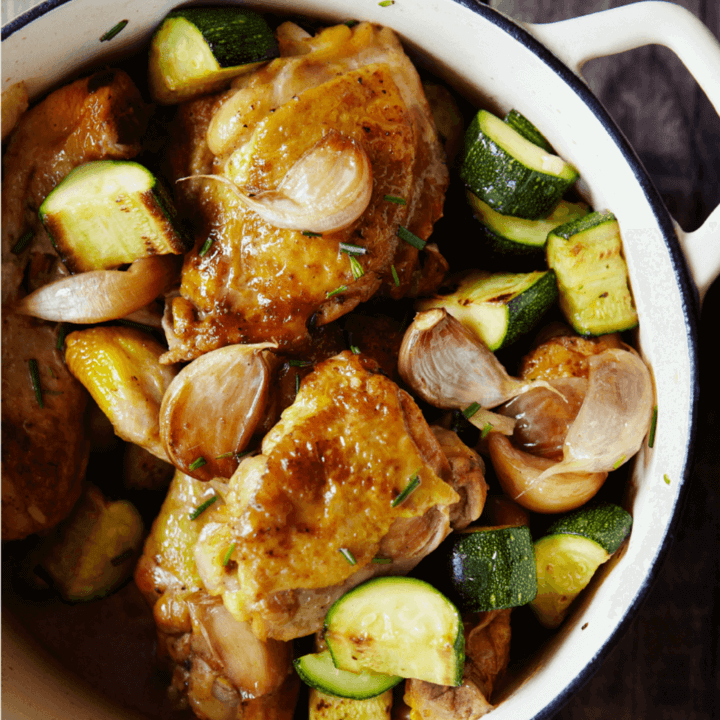
We’re gearing up for the publication of French Countryside Cooking by Daniel Galmiche, coming your way on

The #midweekmeal veggie burger recipe you’ve been after! Taken from The Part-Time Vegetarian by Nicola Graimes, this
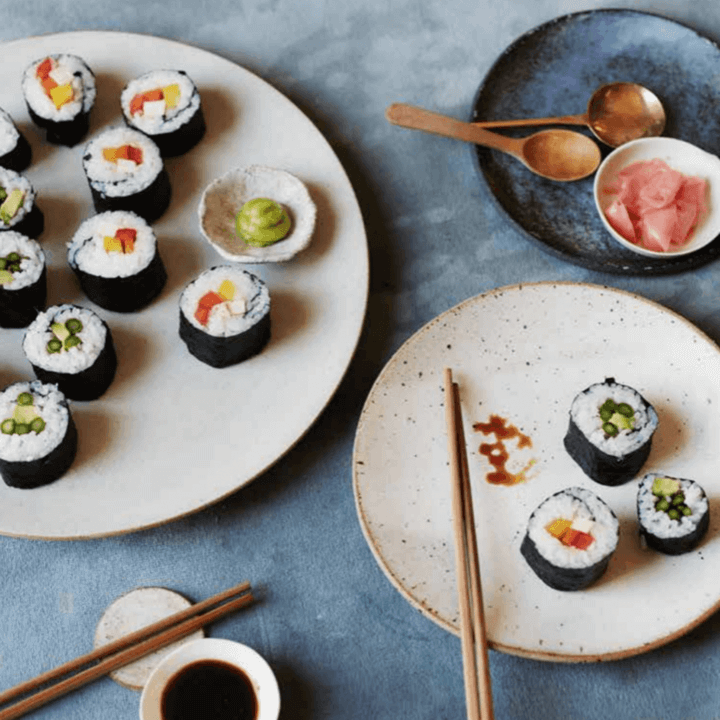
Have a hankering for sushi but looking to keep it vegan for #Veganuary? We’ve got
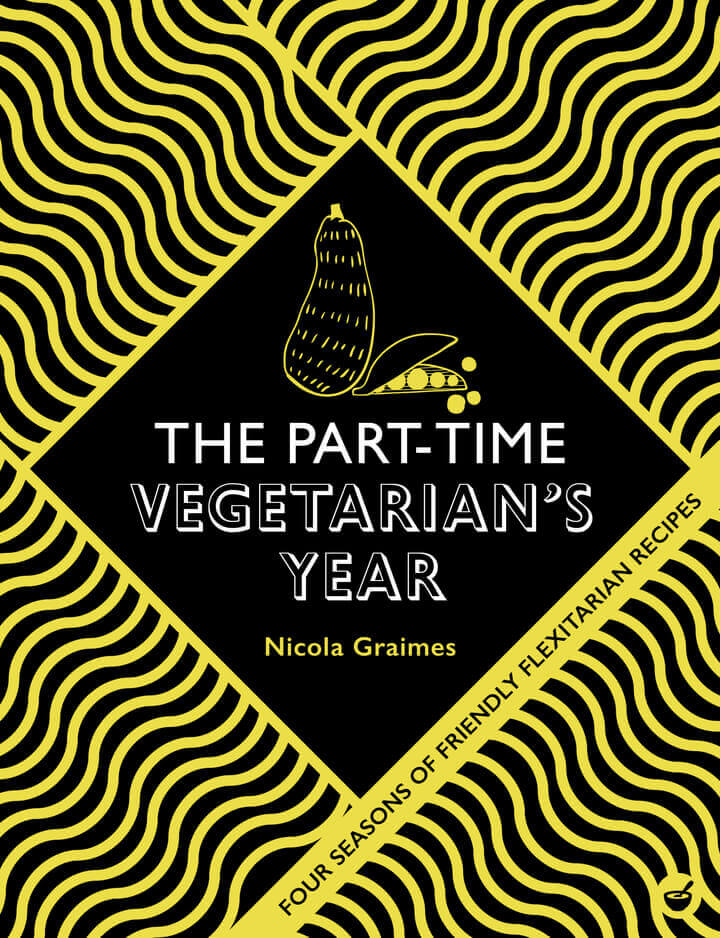
The Part-Time Vegetarian’s Year by Nicola Graimes is available to buy NOW! – How things have

Welcome to #SourdoughSeptember! We’re so excited to join the 2020 #LockdownLoafers in baking and creating
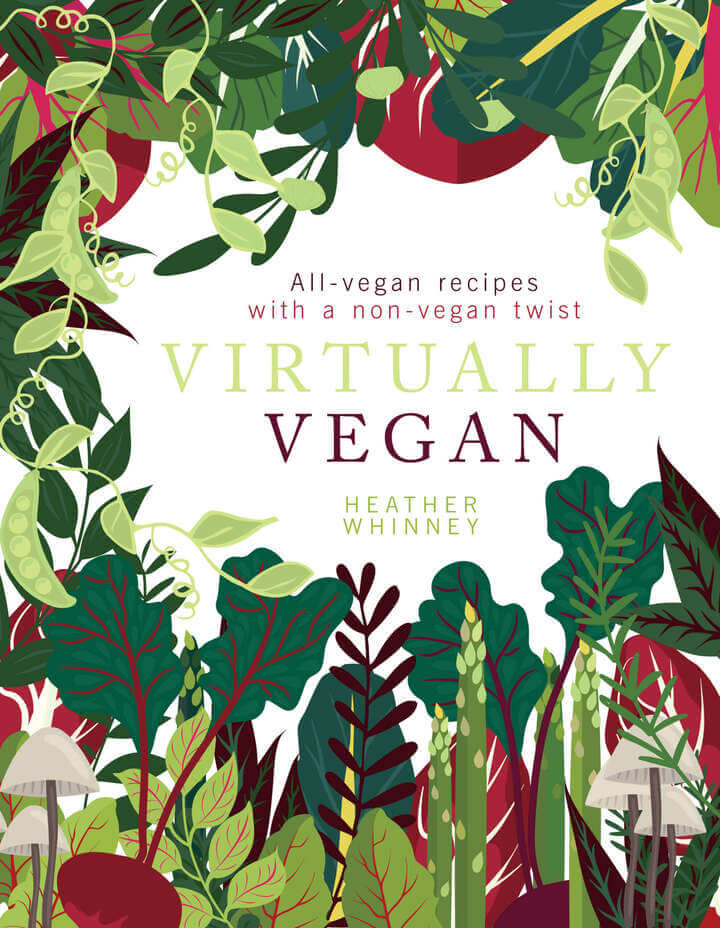
Whether you’re taking part in Veganuary and looking for inspiration, or have been eating plant-based
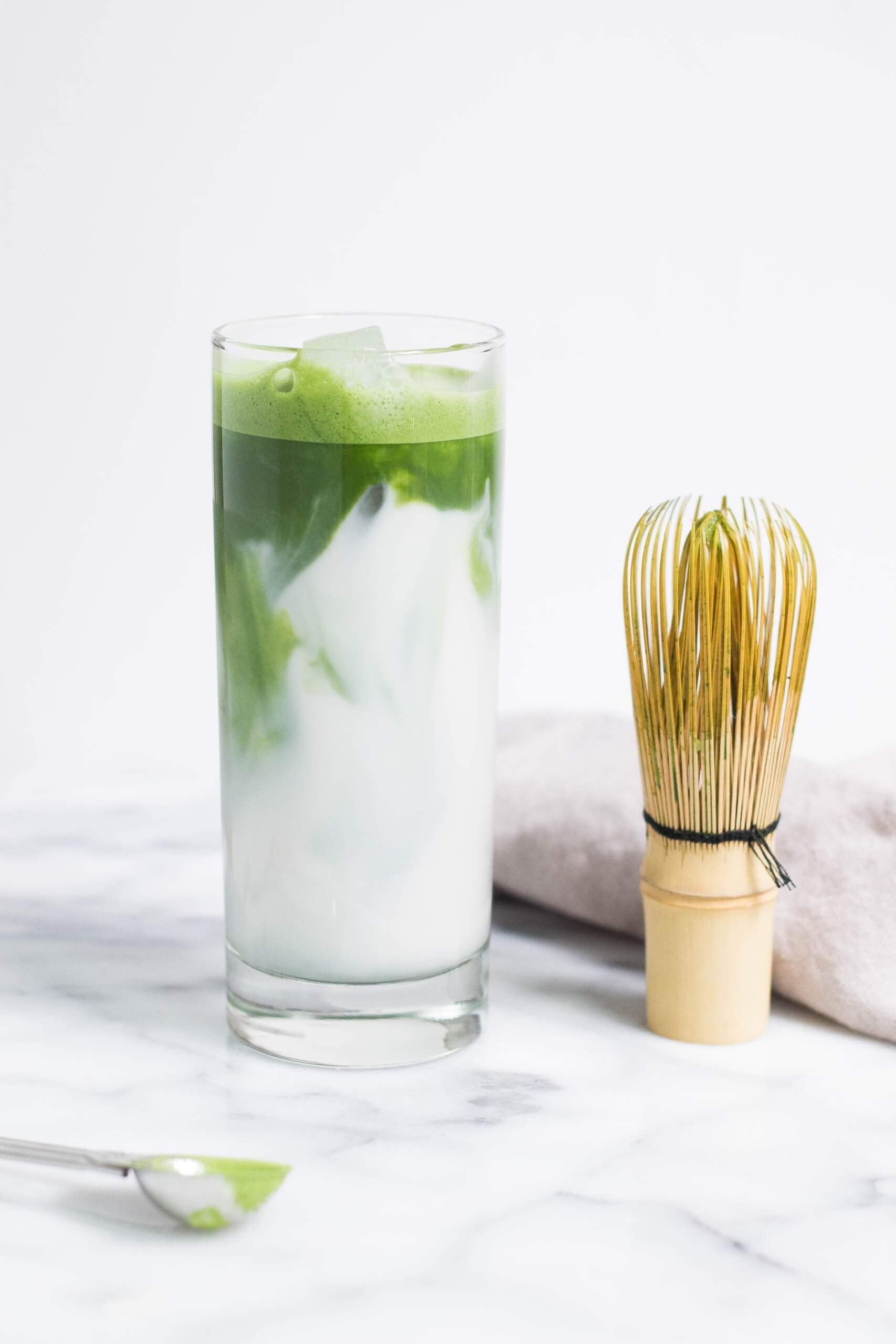
Matcha is the fine green tea powder, packed with antioxidants, that’s taking the world by
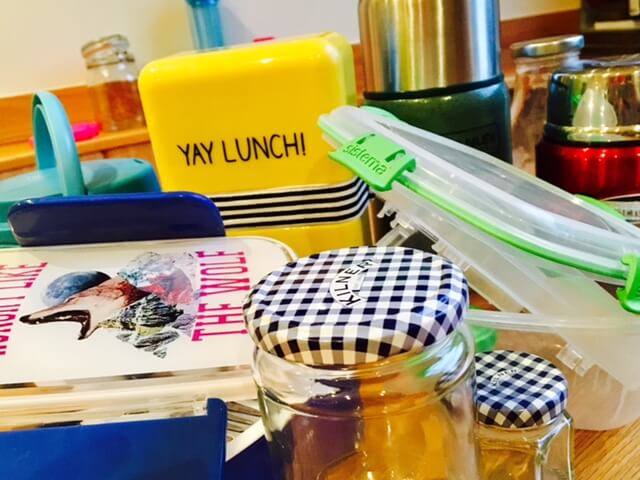
Here we review 3 of our favourite hot food containers* Polar Gear 500ml Lunch

If you’re planning on firing up the barbecue, this is a good time to turn

Are you lacking a bit of spice in your life? Add an abundance of flavour
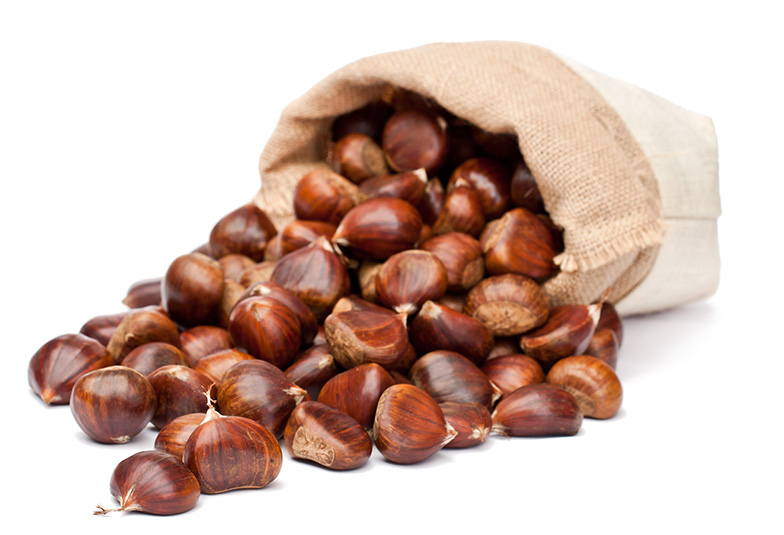
Chestnuts are traditionally given a special place at the Christmas table. These shiny brown nuts

Watkins Media Limited
Shepperton House unit 11
89 Shepperton Road
London, England
N1 3DF

Watkins Media Limited
Shepperton House unit 11
89 Shepperton Road
London, England
N1 3DF